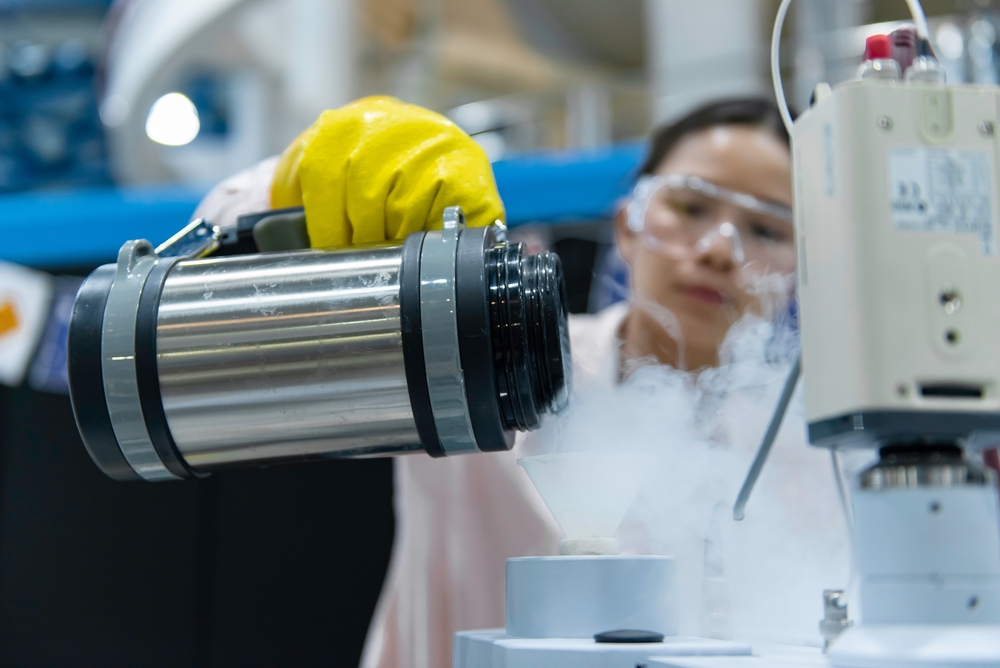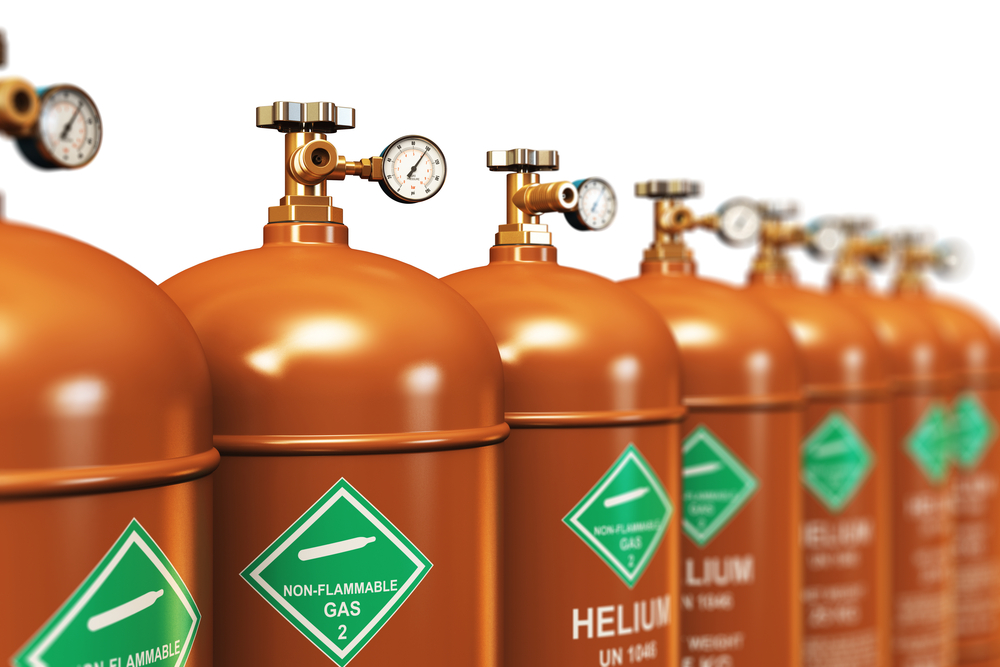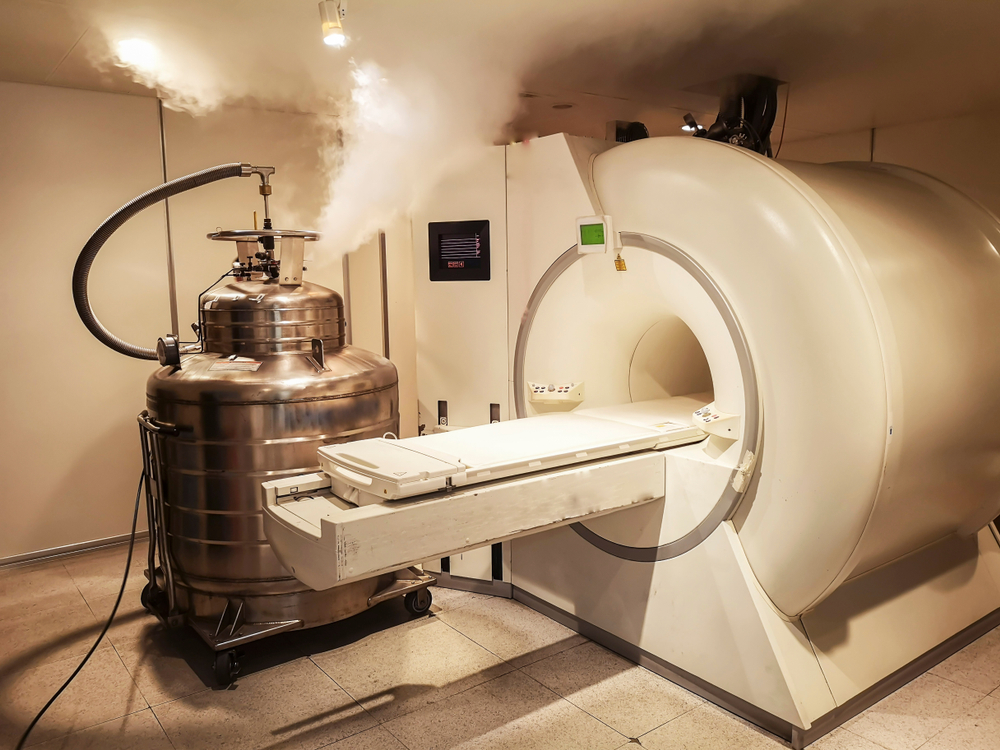

The Momentum of Medical Helium
Helium, one of the earth’s rarest elements, is naturally produced by the radioactive decay of uranium or thorium present in the earth’s crust. Helium is a light, odorless, tasteless, and colorless gas with a strong safety profile. This noble gas has many applications due to its low density, low solubility, and high thermal conductivity. Though commonly known as a lifting gas in balloons and airships, this use accounts for less than 7% of the total used. Within the last 10 years, there has been an increased interest in studies involving the use of helium for medical applications.

History of Helium as a Medical Gas
In 1926, Sayers and Yant found that helium-oxygen mixtures could be comfortably inhaled by humans and animals without ill effects. Helium has a lower solubility than nitrogen, so creating a mixture with helium and oxygen was more beneficial than the nitrogen and oxygen mixtures used previously. This was especially beneficial to deep-sea divers, as helium-oxygen mixtures decreased the formation of nitrogen bubbles and reduced the risk of decompression illness. The helium and oxygen mixture was named Heliox, and it was first proposed as a therapeutic gas in 1934. Since Heliox is three times thinner than air, it was suggested that using this lighter gas would improve the flow of oxygen in patients with upper airway obstruction and other respiratory ailments.
Shortly after this time, interest in the clinical use of helium declined. Sources of helium were hindered because of World War II and the advent of bronchodilators and mucolytic agents decreased the urgency of extracting this gas. Interest in using helium in the medical field resurfaced in the 1980’s when the number of asthma related deaths began to rise. The abundance of studies in medicine relating to helium are focused on its ability to be used as an adjunct therapy in several respiratory ailments such as asthma, COPD, ARDS, croup, and bronchiolitis.

The Medical Effect of Helium
Heliox, (composed of between 70 and 80 percent helium and the remaining 20 to 30 percent oxygen), is a medical-grade specialty gas mixture that alleviates respiratory distress and makes breathing easier. Used for over 50 years in the medical industry, this mixture allows the molecules to diffuse in the lungs four times faster than oxygen. Helium is the perfect gas to mix with oxygen because it does not react with body tissue and is insoluble in body fluids. Helium use is also being studied for cardiovascular and neurological care. The only recommended treatment for comatose patients after cardiac arrest is target temperature management. Helium aids in temperature management and reduces ischaemic injury in animal models. It also might improve neurological injury in patients after cardiac arrest.

Helium in Radiology
The single largest use of helium is as a cryogen in MRI machines. When helium is in liquid form, its temperature is more than 450 degrees below zero. Helium is essential to keep superconducting magnets in MRI units cool enough to operate. This is how MRI machines work: the body’s water molecules become aligned when they are in contact with the machine’s magnetic field. When the atoms are aligned, they give off radio frequency signals that send images of the body’s internal structures in slices. This all occurs with powerful, superconducting magnets which are put into action using Helium. Superconductivity is the process in which there is no electrical resistance from materials when they are near absolute zero temperatures. With a boiling point of -452 degrees Fahrenheit, there is no other element cold enough to cool superconducting magnets to eliminate electrical resistance. If Helium levels become too low, the magnetic field is no longer active.
Helium in Microscopy
Helium ion microscopy has opened new possibilities for the use of helium gas in technologically advanced fields of medicine. Helium ion scanning microscopy (HIM) is a novel imaging technology with the capability of providing sub-nanometer resolution images of uncoated biologic tissues. With the helium ion system, fine details such as membrane texture were visualized.

Helium in Surgery
Carbon dioxide is currently the most used gas for abdominal insufflation in laparoscopy. Due to the solubility of carbon dioxide, large volumes are absorbed into the system causing respiratory acidosis. Carbon dioxide is also stored in several sites in the body and is released at the conclusion of the procedure, prolonging the respiratory acidosis when the patient is least able to cope with this additional burden. Surgeons are exploring the use of helium instead of carbon dioxide to insufflate the abdomen of patients undergoing laparoscopic abdominal procedures. It’s superior in preventing respiratory acidosis in patients with comorbid conditions that cause carbon dioxide retention, such as congestive heart failure.
Medical Gas in the Rocky Mountain Region
Rocky Mountain Air Solutions is a distributor of helium and Heliox in Colorado, Wyoming, Idaho, Utah, and Nebraska. We have an unwavering commitment to supplying the health and home care industry with the right products, right on time. We partner with PurityPlus for high purity specialty gas certification and testing. Medical grade mixed gases are guaranteed to meet FDA standards.
Contact your local RMA branch in any one of our five states today to discuss your medical gas needs with a representative or one of our cryogenic experts. We look forward to partnering with you and providing flawless dependability!



